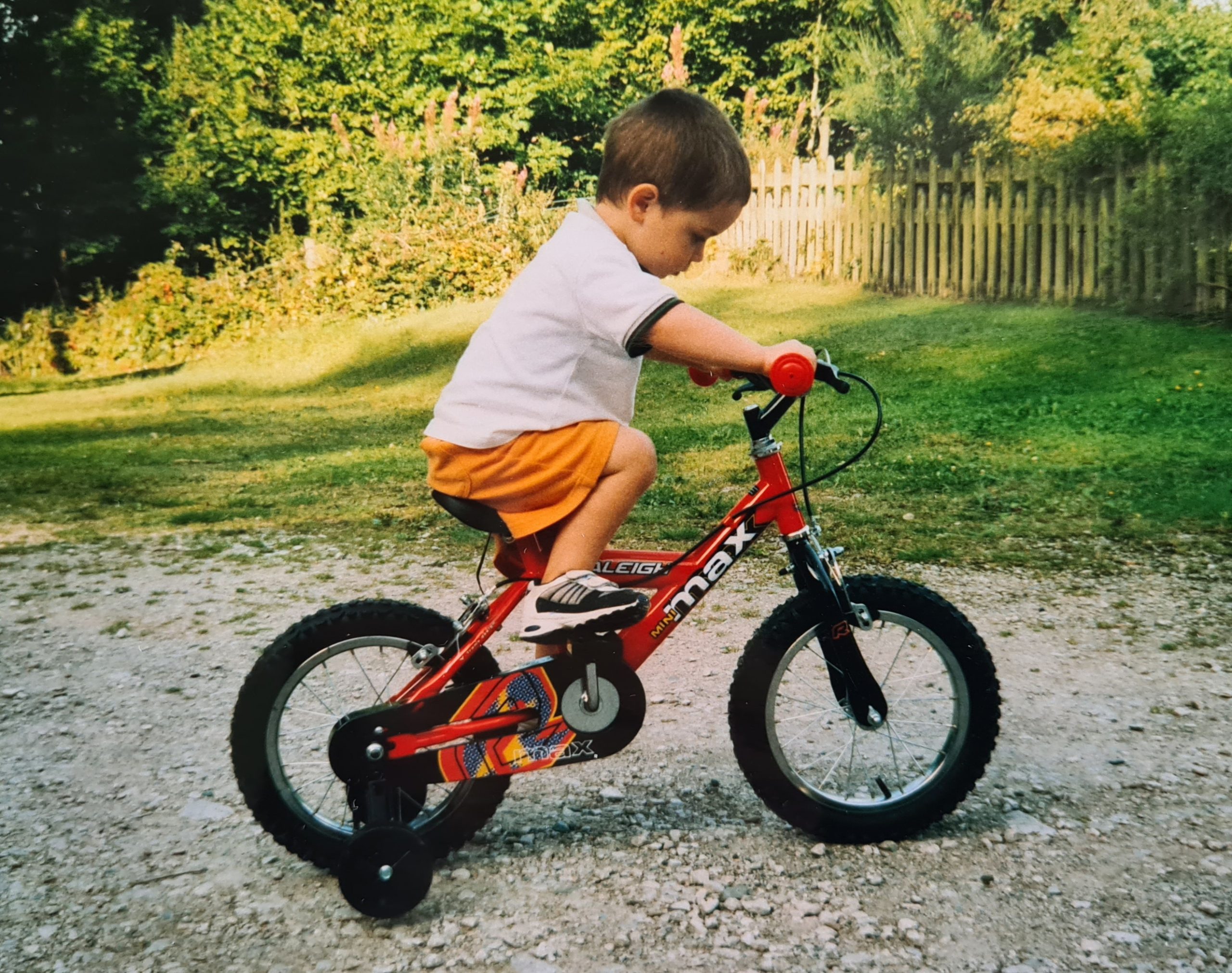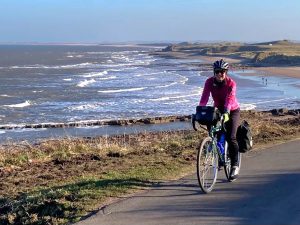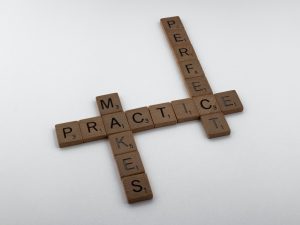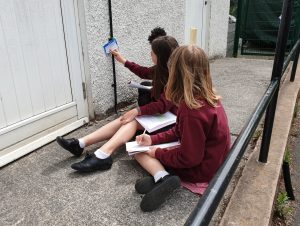
January 9, 2023, by Rupert Knight
Practice makes perfect
In a guest post this month, Jane Morris from the University of Cumbria, reflects on the possible implications for teachers using some insights from cognitive research and neuroscience, linking them to past posts in this series.
The ITT Core Content Framework defines two types of content that need to be delivered to comply with the Teachers’ Standards; “Learn that…” and “Learn how to…” During the process of initial teacher education / training, students are expected to understand the knowledge involved in teaching and be able to apply and practise the associated key skills under the guidance of expert colleagues. Providing the environment where understanding and skills are optimally developed is an ongoing challenge and it appears a few factors are involved including motivation and practice. Whilst this is deemed a given by many educators, viewing this through a neuroscience lens can give a fresh perspective on what is going on ‘under the hood’.
Practice makes perfect?
I have grown up under the beliefs that practice makes perfect and, if at first you don’t succeed, then try, try again. I have dutifully followed these to a certain extent when I could see the benefits. Learning to drive would give me freedom and learning to teach could give me a job. I’m not quite sure why I learned to cook. It was possibly a mixture, pardon the pun, of being introduced to the rather delicious world of baking by my grandmother and the reward of licking the bowl alongside doing my cookery badges at brownies and guides. Having an armful of badges generated serious street cred. Well, at least in the pack I attended.
I don’t recall the specifics of learning to ride a bike, but I do remember trying to help my son master his. There were basic aspects I could explain such as where to sit and place his hands and feet but, as for describing the nuances of balance and forward motion, I think I resorted to saying “Just pedal.” Which for a novice, isn’t really what you want to hear when, for the umpteenth time, you’re back on the floor in a tangle of metal and deflated ego.

How did I master my bike, to the extent that I’ve now cycled across and around various parts of Britain, but find it difficult to articulate my learning, and why couldn’t I learn to drive just by reading the Highway Code? Stay with me, we’ll come back to this later.
Whilst I have gained mastery of life on a bike and in a car, a couple of recent examples demonstrate the existing skills of two young people who are just at the start of their particular learning journeys.
• A teaching colleague highlighted recently that her 6-year-old daughter, Emily, had said she had learned her five- and ten-times tables in maths that day but could not recall much when then asked for more detail.
• A student teacher, George, wrote an excellent essay on the notion of using Early Years continuous provision approaches in KS1 but, at the start of placement in school, showed absolutely no aptitude for applying his thinking with his Year 1 class.
Skill Acquisition Theory
How did I gain expertise and how will Emily and George turn their new information into useable practice?
The answer could lie in a current learning theory. Masumeh Taie summarises Skills Acquisition Theory (SAT) at the start of her paper beautifully. Born in the field of second language learning, SAT draws from cognitive and behavioural research. Afficionados suggest that language learning can be viewed as a process of human learning and thereby mirrors learning any other skill such as playing the piano. Taie goes on to highlight that advocates of such theories consider practice to play the key role in learning.
How does the theory work and what do Emily and George need to practise?
Ilina Kachinske takes up the baton here and offers the necessary advice, suggesting that these two young people need to move through a process from declarative to procedural then automatized knowledge.
Declarative knowledge is factual and open to inspection, reasoning and modification. For example, I know that WW2 lasted between 1939 and 1945 or 2 times 2 is 4. Declarative information sits in long term storage in the brain and comprises semantic (facts and figures) and episodic (pertaining to events in our lives) memories. With Emily and George, we are looking for any declarative knowledge around times tables and teaching KS1 children to be turned into a procedure which then develops into enacted and automatic behaviour; Emily will be able to use her multiplication skills when, say, shopping and George will be setting up continuous provision for a Y1 class at the drop of a hat.
It may be worth factoring in a little bit of neuroscience here to help us understand the process. My apologies though – what follows is a substantial simplification of the interlinked processes occurring in the various brain regions. For more details please follow the links below
Making memories – the need for long term potentiation.
The overarching idea is to show that, despite appearances, one learning episode does not necessarily ensure full knowledge and understanding, or as the saying goes: “One swallow does not a summer make”.
For a memory to be created, the brain needs to experience something called long term potentiation or LTP. Simply put, this is where the connections between brain cells, or neurons, are strengthened by repeated activation.
One of the networks in our brain responsible for the formation of declarative knowledge includes the hippocampus which, according to Katharina Henke, is pretty quick off the mark in taking on board new episodic information. LTP can be induced here after just one stimulation. Which is possibly why I can recall aspects of a story after a single reading and Emily and George appeared to quickly grasp times tables and EYFS practice.
However, if I want to Emily to understand multiplication or, returning to my son’s travails with his bike, learn to cycle, another neural system is involved. Henke suggests that this is not as accommodating in forming these memories when they are aligned with how to do something. Within this complex network, basal ganglia are largely responsible for the development of semantic and procedural memories. She notes that where the hippocampus will form an episodic memory at the drop of a single stimulatory hat, the basal ganglia need a little more prompting. Stimulation needs to be repeated over many days before LTP is reached and a memory made.

This was brought home to me when I decided to join a swing dance class which offers social dancing to 1930s jazz and blues. I loved it. Each session involved being taught a particular dance step and practising it, drill-style, with different partners. We would then have an opportunity for some social dancing at the end to have a go at applying our new skills. I discovered early on that the longest distance in the world is making the connection between my brain and my feet! It generally took about four or five classes over the course of a month to gain some form of mastery over each step or combination. My basal ganglia were performing as expected – refusing to engage until I had practised or stimulated them enough.
If forming procedural and semantic memories involves cranial and physical effort, it is intriguing as to why we bother. Why do we persist? Why do we get back on the bike, retie the dance shoelaces and bake another Victoria sponge after a previous failure? And how do we encourage Emily and George to keep going?
Pleasure, purpose and persistence makes perfect?
A glass of wine at the end of a long day certainly lubes the wheels of relaxation in my house and my intransigent basal ganglia similarly respond to the presence of dopamine. Sten Grillner and colleagues comment on the role of this hormone, highlighting its excitatory effect on particular neurones in the basal ganglia striatum that promote action. Secreted by the adrenal glands, dopamine appears on the scene in response to pleasurable activity and, as shown by Keeler and colleagues, the promise of reward. LTP in the basal ganglia is therefore promoted and new semantic and procedural memories are more readily laid down.
So, I will persist in learning to bake and dance because I see the benefit in these things to me. The pleasure associated with some of these activities also acts as a motivator for getting me back into the kitchen or on the dance floor. My persistence in learning to drive and teach was oiled by my perception of the rewards each would bring. In the presence of dopamine and continued practice, my basal ganglia really had no choice but to eventually cave in and create new memories.
I referred earlier to the challenge of teaching my son to ride his bike. DeKeyser (2018) comments that the declarative knowledge of facts and figures and events stay accessible with memories remaining available individually or in relation to each other. They can be retrieved through many routes, which is why I can recall and discuss facts about bikes when in discussion with friends about cycle route choice and use manuals to help me maintain my own steed; I can make inference from original memories in new retrieval situations.
However, while procedural memories can also consist of multiple and related elements, these elements are usually blended into an inseparable or unitized representation and cannot be reactivated individually. Once you have learned to ride a bike, it is very difficult to deconstruct the skills nor is it a particularly transferable skill. After all, what else do you use bike riding skills for? That’s possibly why I couldn’t sufficiently articulate my own learning to my son, but I could at least model various aspects of riding.
Kachinske though goes on to highlight that both types of knowledge can and should coexist if we provide the environment to do so.

Classroom implications
Let’s bring Emily and George back in order to consider this more fully and assume that Emily is a pupil in George’s class. Remember, she knows about the five- and ten-times tables but is not clear on their meaning and he likes the idea of using the EYFS continuous provision approach with this year 1 class. George is already pretty motivated about his learning as he’s wanted to be a teacher for a long time, but Emily has not realised the benefits of understanding multiplication.
What help do they each require?
On the basis of the above we know we should offer two things: the opportunity to practise and motivating reasons why they should continue with their learning.
Rupert Knight offers excellent and considered ideas regarding rehearsal approaches in a previous blog in this series about deliberate practice in teacher education. As Kachinske suggests, the intention here is to work towards a state of fluent, effortless, fast and automatic behaviour using contextualized and meaningful examples which is why deliberate practice-inspired approaches can be effective. Keeping both declarative and procedural representations on the education table can bring the most optimal performance with procedural knowledge bringing speed, and declarative encoding offering the space for change or analysis. However, Rupert also notes the ‘effortful’ nature of this approach especially for the mentor and queries how novices can share the load in this respect.
If we hold these ideas in mind let’s consider three questions:
1. What support does George need from his mentor in order to trial the EYFS approaches he has written so well about?
2. Can George then take those same processes and use them with Emily, maybe weaving in some enjoyable continuous provision activities around simple multiplication too?
3. And I echo Rupert’s earlier question around the ‘effortful’ nature of this type of practice. How does the mentor maintain expert teacher status in all of this (see his previous blog on teacher expertise), balancing the ability to articulate alongside demonstrating in a constantly changing and time challenged environment?
The answers should give us some “Learn that…” and “Learn how to…” strategies required by Government. But it may also explain classrooms where learning is engaging, meaningful and rewarding for everyone.
Which is surely why practice does make perfect.
Reference:
DeKeyser, R. (2018) ‘Task repetition for language learning. A perspective from skill acquisition theory’, in M. Bygate (ed.) Learning Language Through Task Repetition. Amsterdam: John Benjamins Publishing Company. pp 27-41
No comments yet, fill out a comment to be the first

Leave a Reply